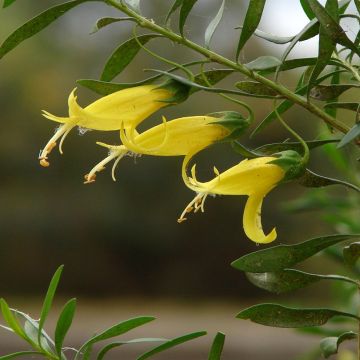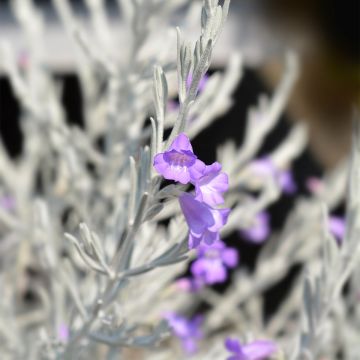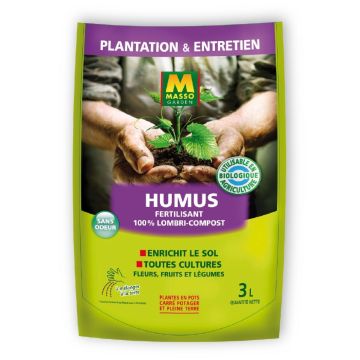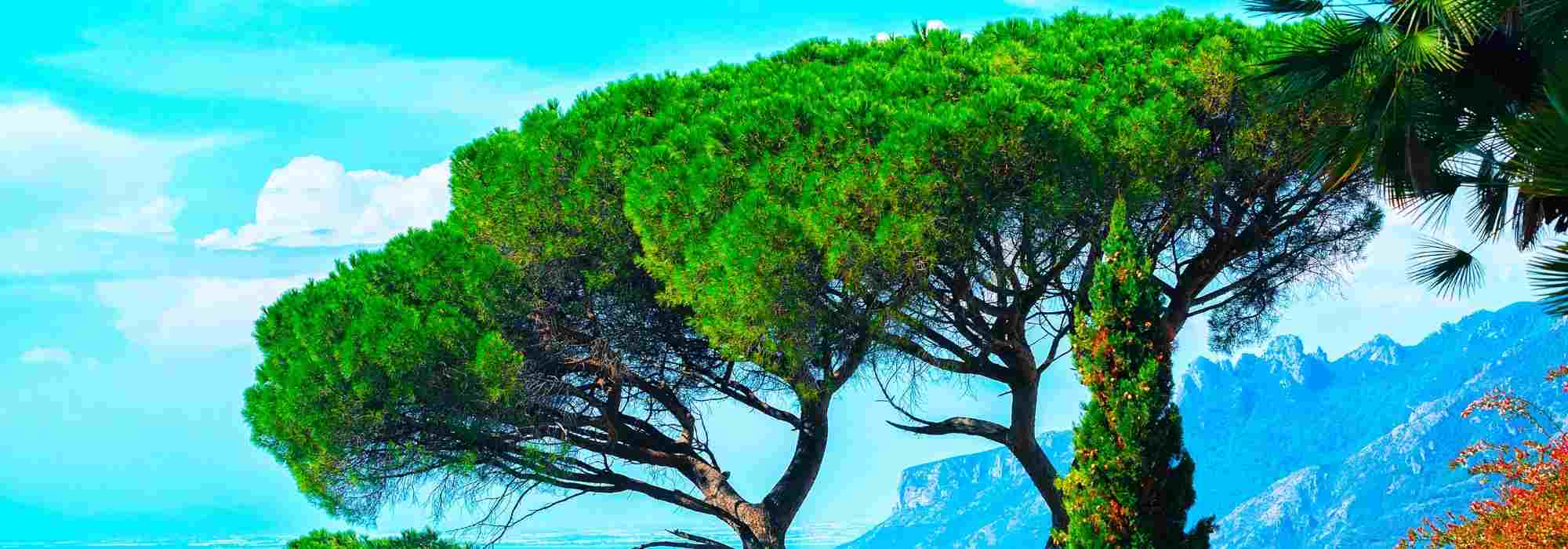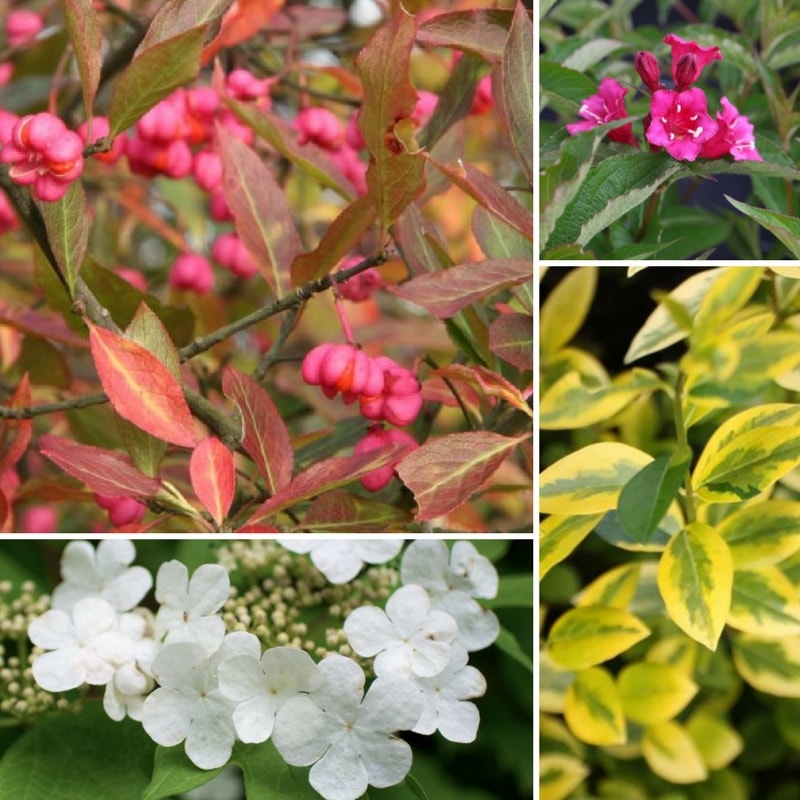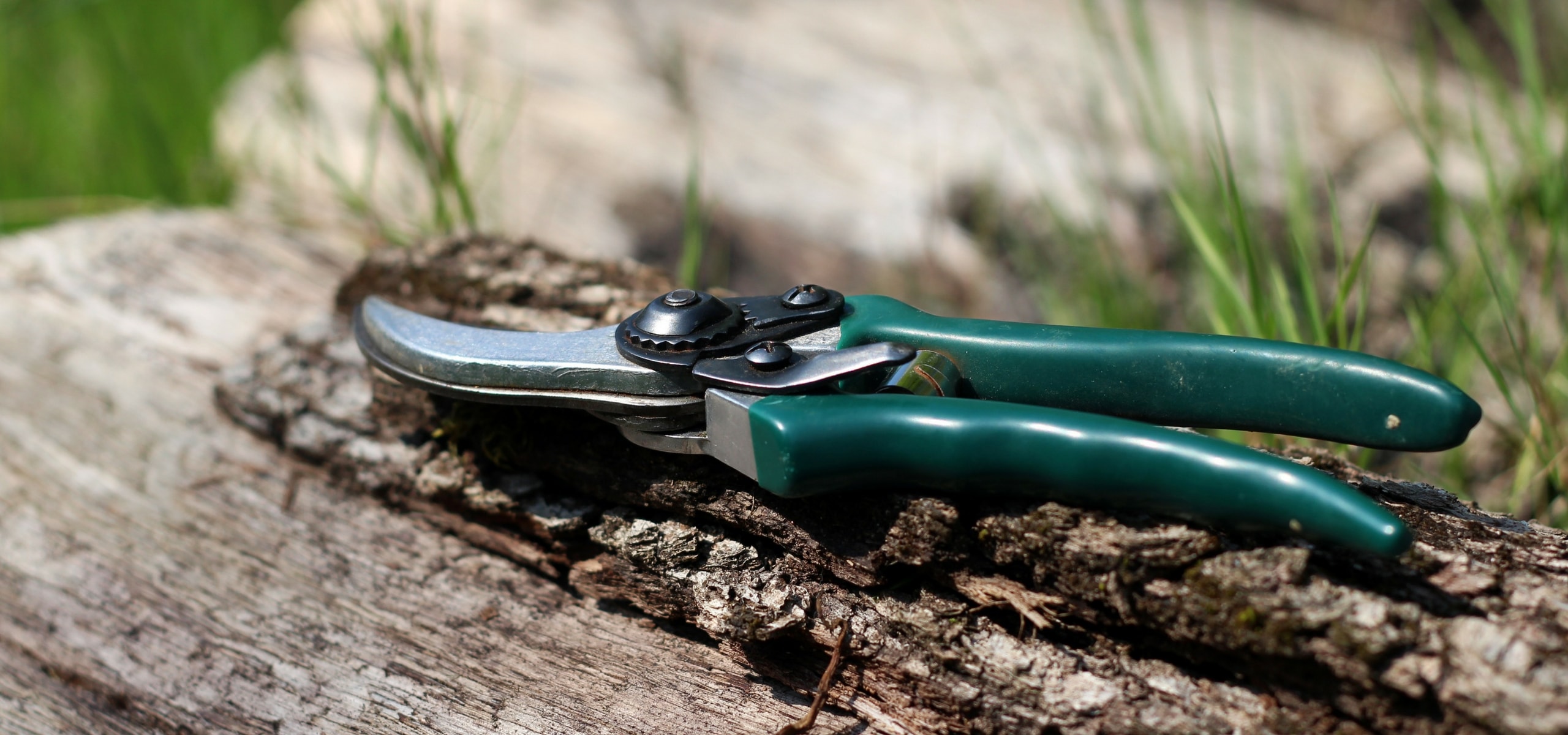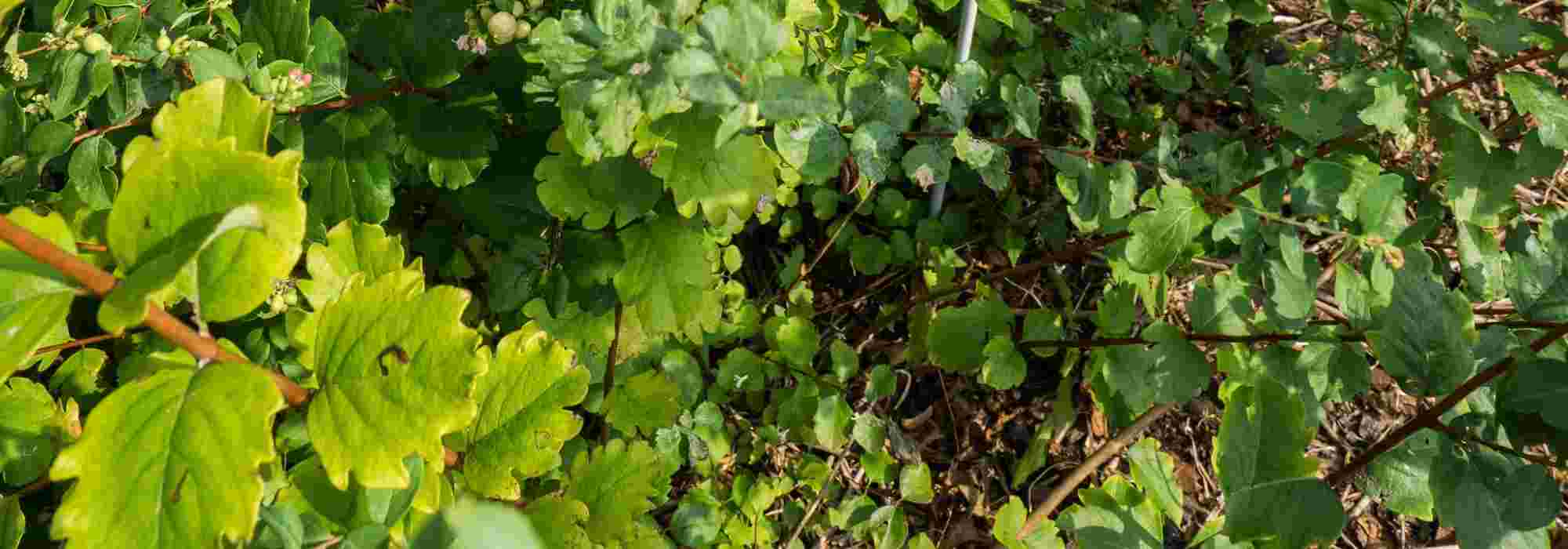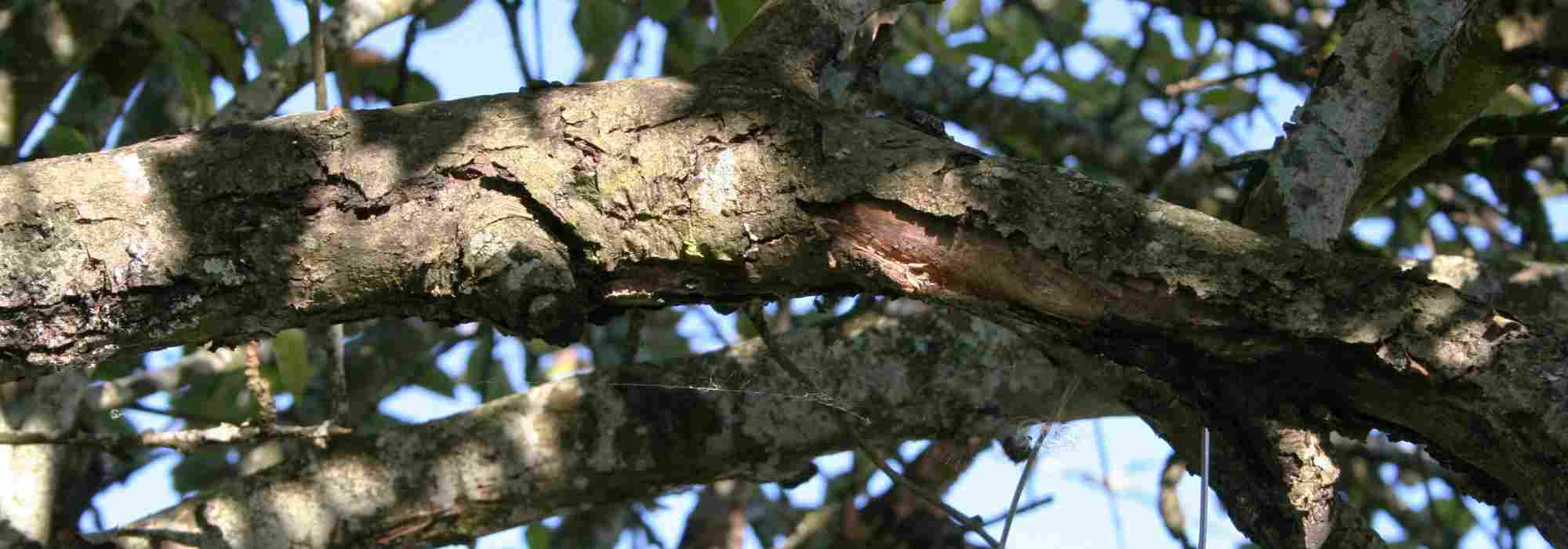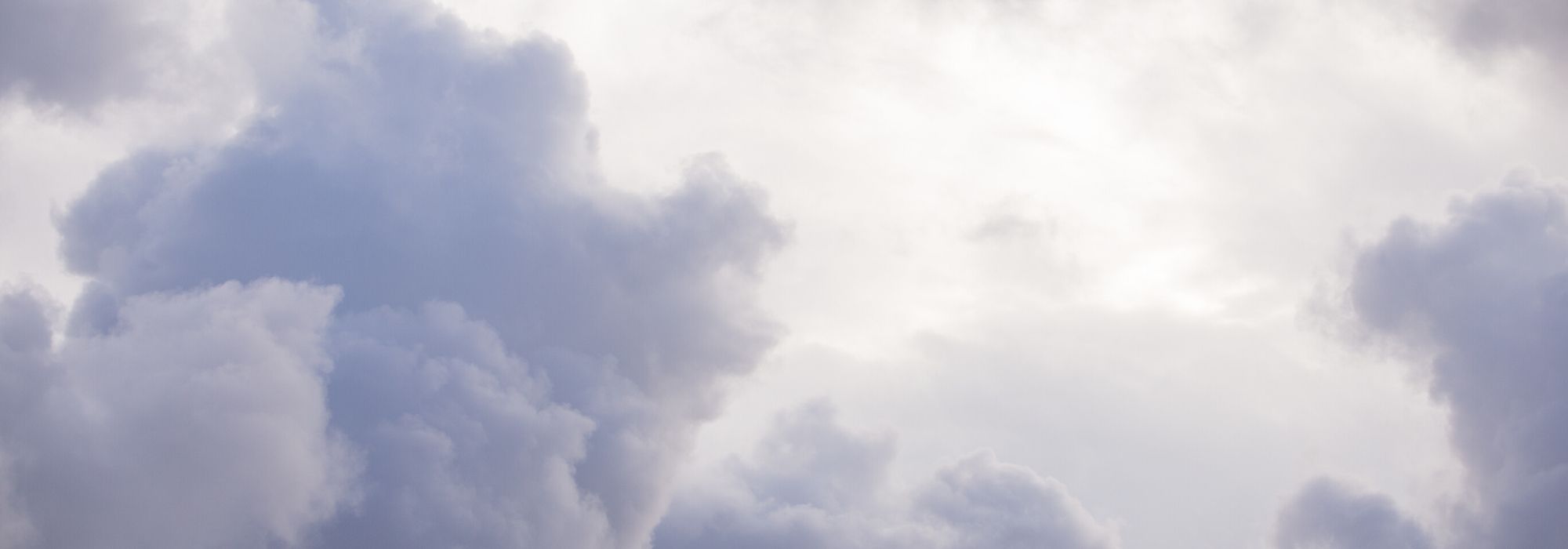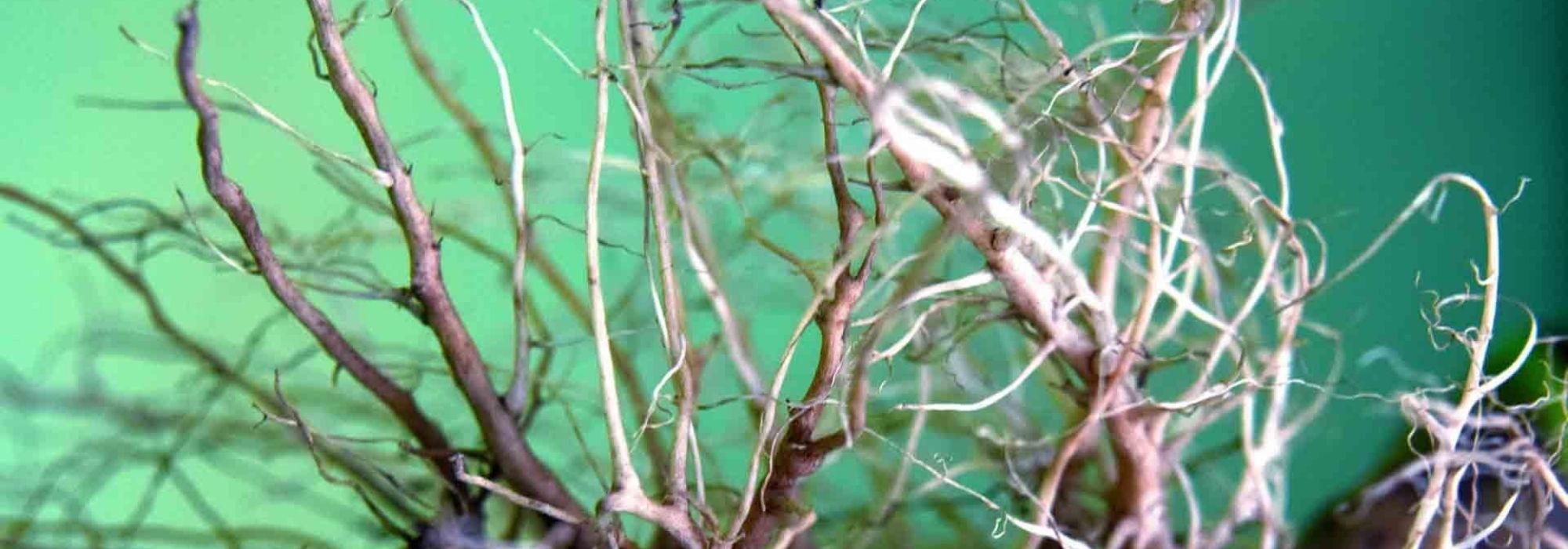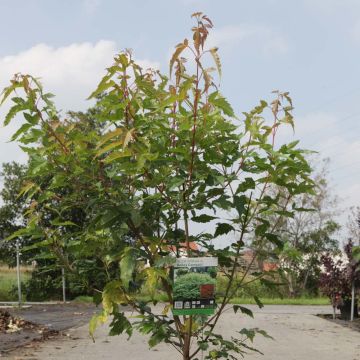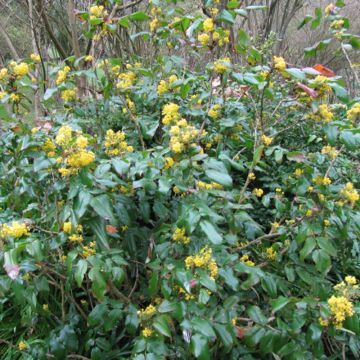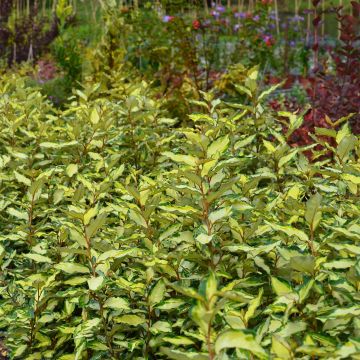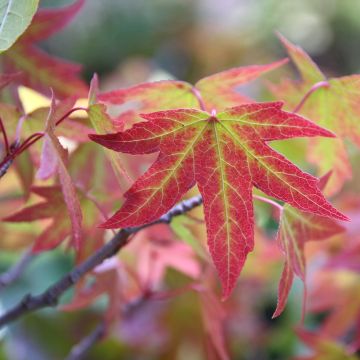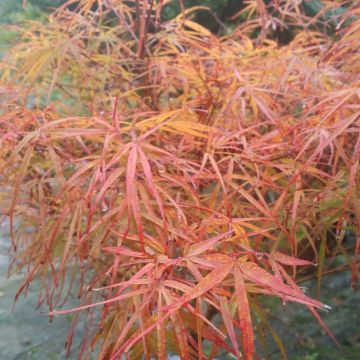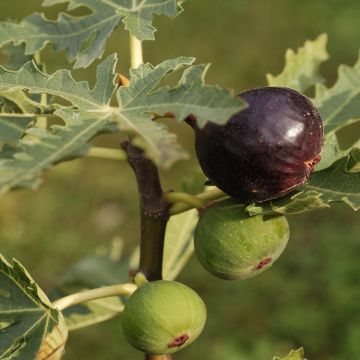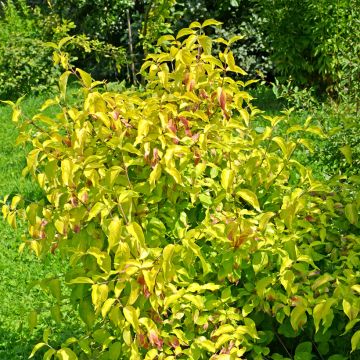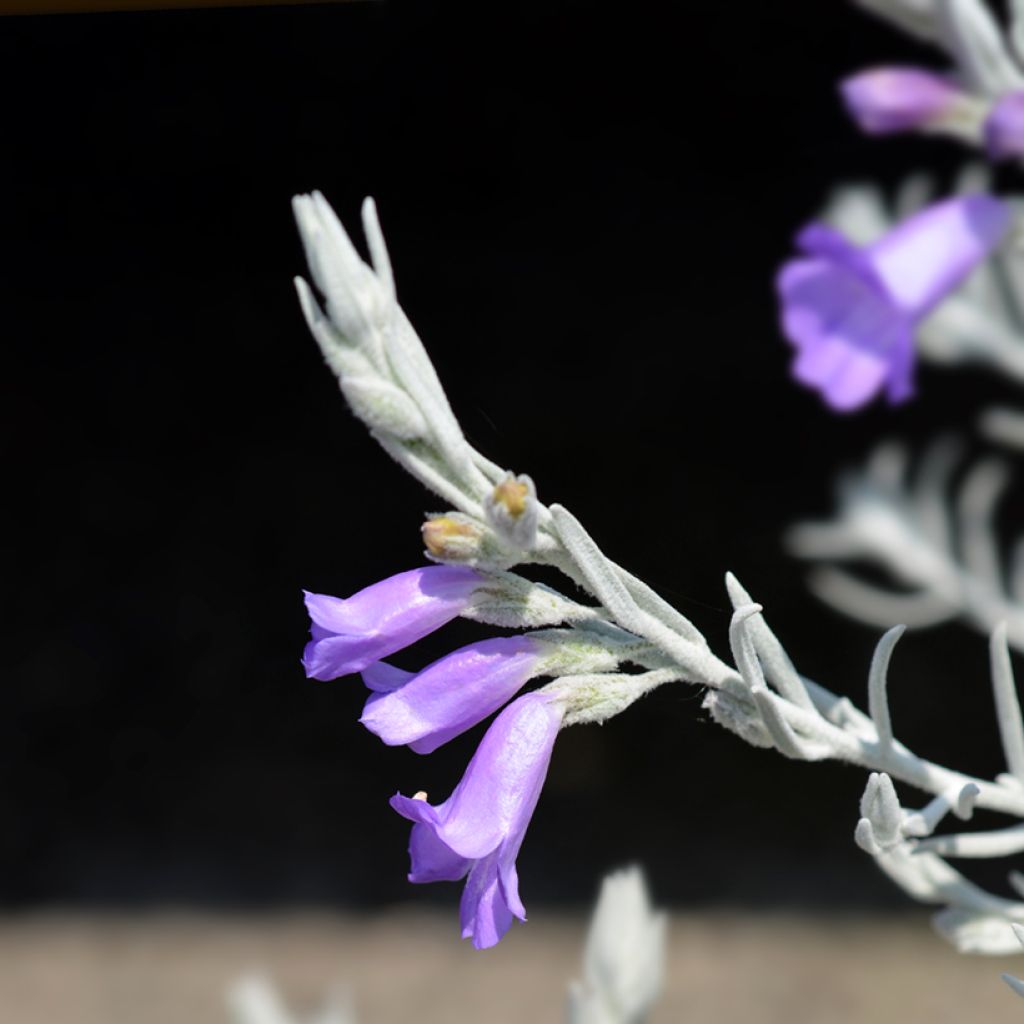

Eremophila nivea Beryls Blue
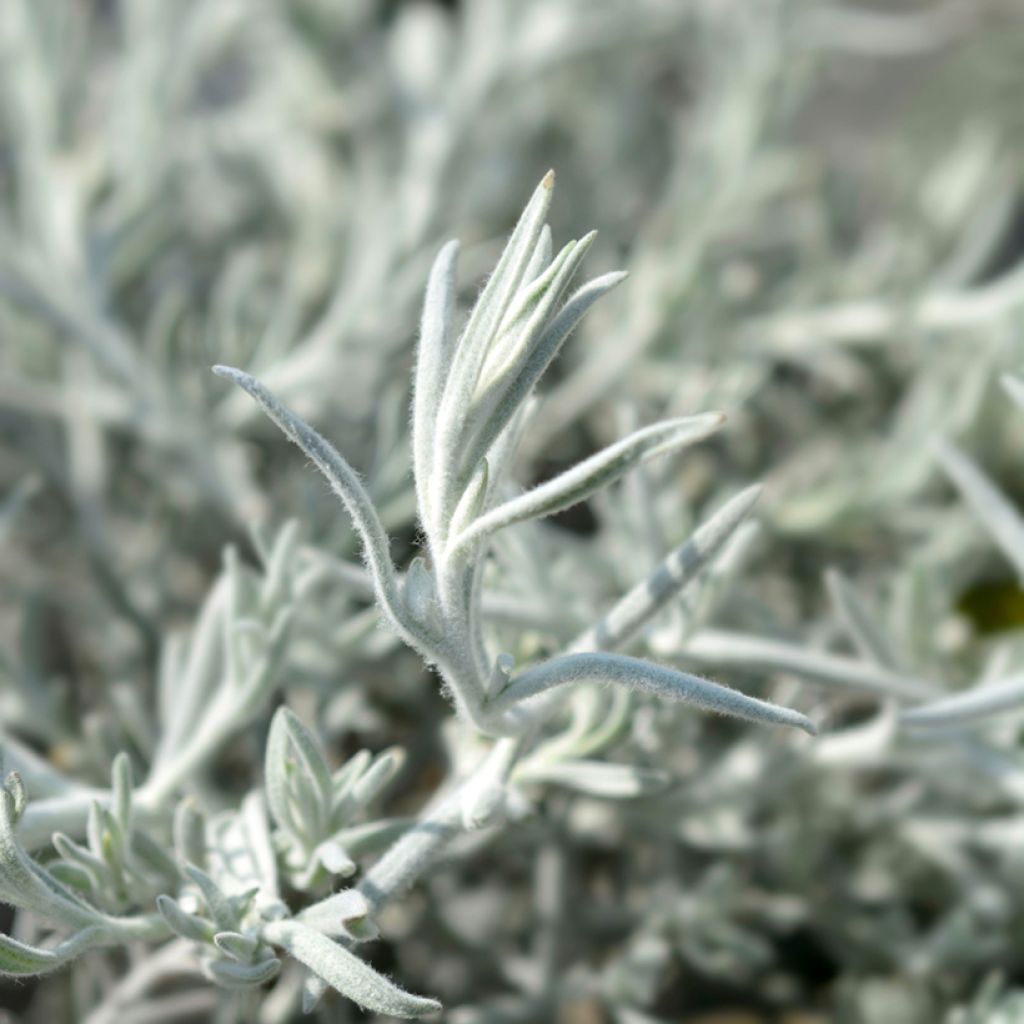

Eremophila nivea Beryls Blue
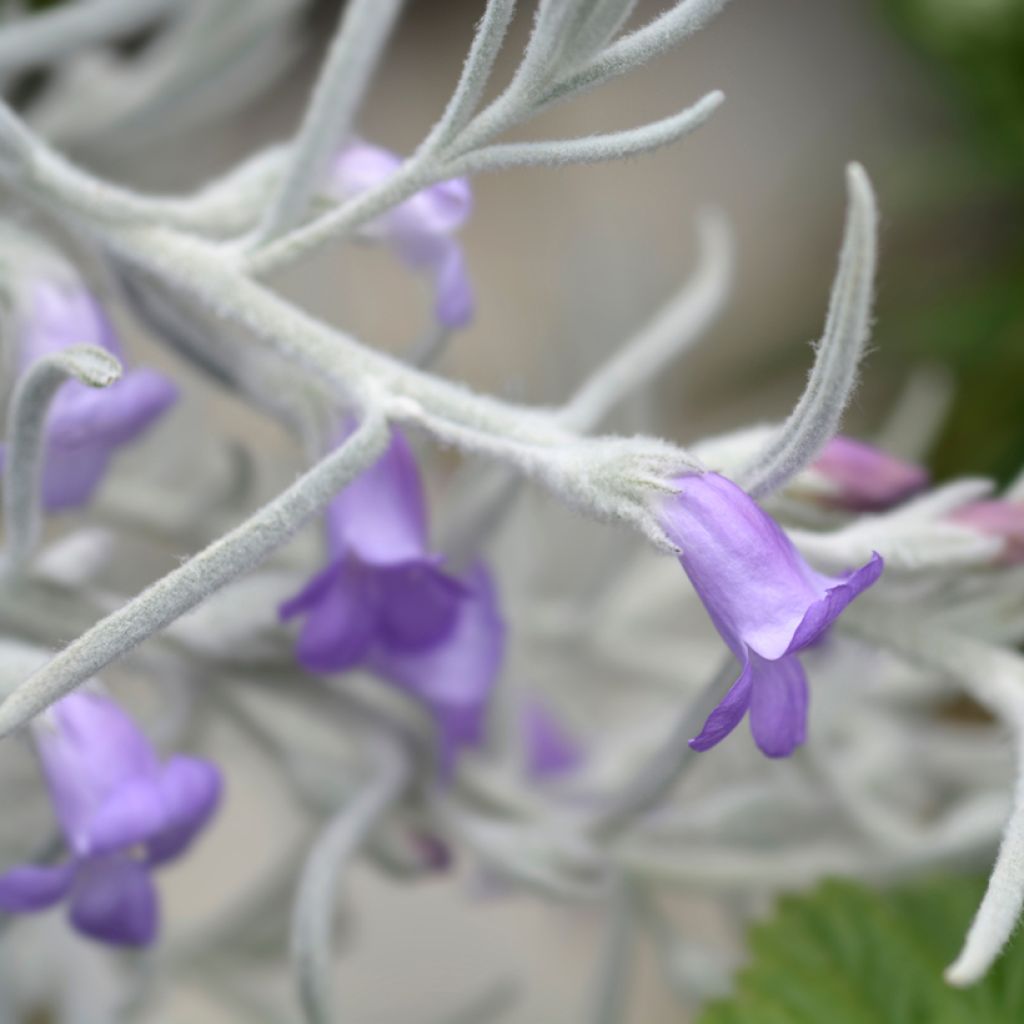

Eremophila nivea Beryls Blue
Eremophila nivea Beryls Blue
Eremophila caerulea x nivea Beryl's Blue
Purchased on 22.09.2023. The plant was planted in a large pot, placed on the west-facing balcony. We benefit from a microclimate as we are located near a lake with warm temperatures and no nightly frosts. Unfortunately, for over a year, the plant has been losing branches and has not gained any. It hasn't grown... I followed the advice, it didn't receive too much water... I'm afraid that if I replant it in the garden, it will have too much rain to survive.
Ira, 04/12/2024
Special offer!
Receive a €20 voucher for any order over €90 (excluding delivery costs, credit notes, and plastic-free options)!
1- Add your favorite plants to your cart.
2- Once you have reached €90, confirm your order (you can even choose the delivery date!).
3- As soon as your order is shipped, you will receive an email containing your voucher code, valid for 3 months (90 days).
Your voucher is unique and can only be used once, for any order with a minimum value of €20, excluding delivery costs.
Can be combined with other current offers, non-divisible and non-refundable.
Why not try an alternative variety in stock?
View all →This plant carries a 24 months recovery warranty
More information
We guarantee the quality of our plants for a full growing cycle, and will replace at our expense any plant that fails to recover under normal climatic and planting conditions.
Would this plant suit my garden?
Set up your Plantfit profile →
Description
Eremophila 'Beryl's Blue' is a small evergreen Australian bush that is extremely bright and well adapted to drought, but sensitive to cold temperatures. It forms a wide and very dense ball, which appears almost white due to its foliage being covered with a very light down. In late winter and spring, pretty pale lavender-blue flowers bloom, nestled in the foliage. Very unusual, it stands out from afar. Its low hardiness, as well as the sensitivity of its foliage to humid climates, make its cultivation in open ground uncertain away from the Mediterranean coast. Cultivation in large pots is possible, which allows the plant to be sheltered in winter and also protects it from frequent rains in the summer.
Eremophila Beryl's Blue is a bush from the Scrophulariaceae or Myoporaceae family depending on the classifications. It is a horticultural creation resulting from a sowing carried out in the state of Victoria, Australia. It is probably a hybrid between Eremophila nivea and E. caerulea. Eremophilas are bushes native to Australian regions with a mild winter climate but hot and arid summers. The variety Beryl's Blue is a drought-tolerant plant that cannot tolerate temperatures below -4° or -5°C ((24.8° or 23°F) . It quickly forms a wide bush about 1.30 m (4 ft) high and 1.50 m (5 ft) wide in open ground. In a pot, the plant will remain smaller. It is entirely covered with a light grey to white felting, made of intertwined hairs, which allows it to limit water loss very effectively. However, this characteristic favours the accumulation of moisture and the proliferation of fungi in humid conditions. The foliage remains in winter. The stems are upright, brittle, and adorned with narrow, linear leaves that are shorter than those of Eremophila nivea. They are closely spaced and arranged alternately on the branches. The main flowering takes place in March-April, and sometimes again, more modestly, at the end of summer. Small tubular flowers, 2 cm (0.8 in) long, open in lobes hidden in the axils of the leaves. They are pale lavender mauve on the outside. After pollination, small dry, woody fruits with an oval shape form, which are difficult to spot in the vegetation. Eremophila seeds are very difficult to germinate because breaking their dormancy requires very specific conditions.
Eremophila Beryl's Blue should thrive in gardens along the Mediterranean coast. It can be used in flower beds, rock gardens, and on slopes, but also as a low hedge to border a pathway, for example. Create a silver evergreen flower bed with staggered flowering by mixing the foliage and scents of lavenders (blue, white, pink), rosemary (creeping or erect), Atriplex, Teucrium fruticans Azureum, Leucophyllum frutescens, cistus, catmints, cotton lavenders, and shrubby wormwoods. Its association with Polygala myrtifolia and evergreen creeping ceanothus is also very successful.
Report an error about the product description
Eremophila nivea Beryls Blue in pictures
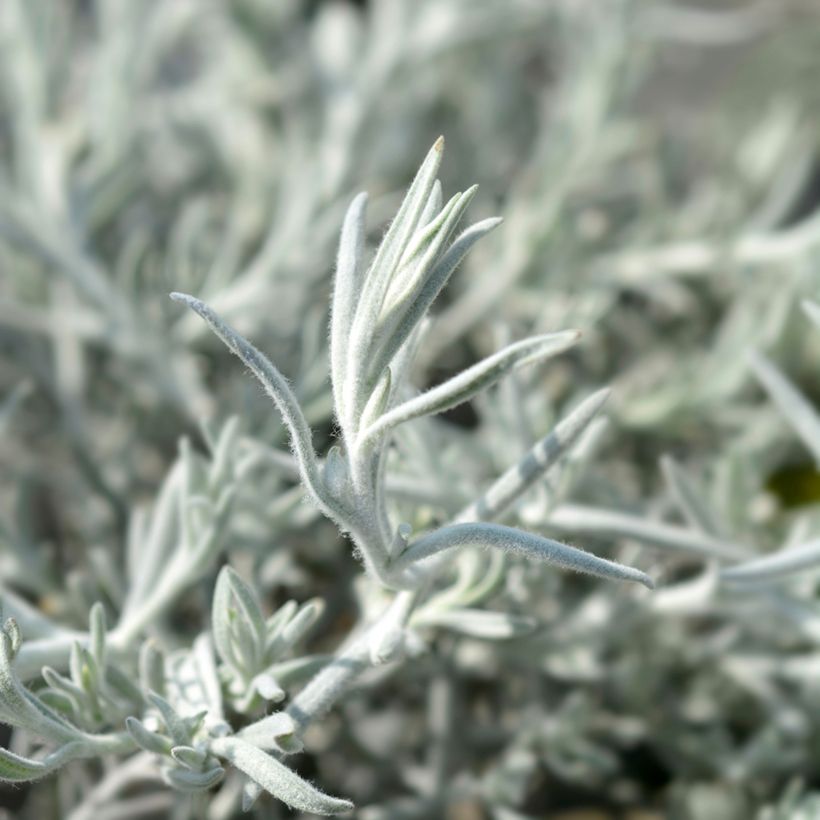

Plant habit
Flowering
Foliage
Botanical data
Eremophila
caerulea x nivea
Beryl's Blue
Scrophulariaceae (Myoporaceae)
Australia
Other Eremophila
View all →Planting and care
Eremophila Beryl's Blue should be planted in spring or in September-October, preferably on the Mediterranean coast. The plant can be grafted onto a Myoporum to enable it to tolerate slightly humid climates better. It prefers a very sunny exposure and requires well-drained soil, ideally sandy-loamy. Limestone is tolerated. Planting on slopes, in rockeries, or in a gravel bed is essential in climates that are more humid than the Mediterranean coast. This bush can withstand sea spray, it is hardy down to -4 or -5°C (24.8 or 23 °F) at the coldest, after 2 or 3 years of cultivation provided that the soil it is planted in is dry enough. It is a plant adapted to a semi-arid climate that cannot tolerate severe frost, especially if the soil is heavy and moist. Its foliage is susceptible to fungal diseases: rainy climates or watering the foliage are strongly discouraged. Otherwise, this Eremophila has the same cultivation requirements as cistuses and lavenders. Once well-rooted, it has excellent drought resistance. You can apply a little low-phosphorus fertilizer in autumn. Prune after flowering to maintain a compact habit.
Beware of attacks from Australian scale insects in gardens where this pest is well established.
Pot cultivation: in a well-drained substrate, a mix of potting soil, gravel, sand, and garden soil. Use a large container with drainage holes and create a drainage layer composed of gravel, broken pottery shards, or clay pellets. Apply a low-phosphorus fertilizer in autumn. A potted plant should be watered regularly and deeply, but with enough time in between waterings to allow the soil to dry out a bit. Protect your potted plant from frost in winter, in a bright but unheated location. Avoid wetting the foliage and protect it from repeated rain showers that may promote disease development.
Planting period
Intended location
Care
Planting & care advice
-
, onOrder confirmed
Reply from on Promesse de fleurs
Similar products
Haven't found what you were looking for?
Hardiness is the lowest winter temperature a plant can endure without suffering serious damage or even dying. However, hardiness is affected by location (a sheltered area, such as a patio), protection (winter cover) and soil type (hardiness is improved by well-drained soil).

Photo Sharing Terms & Conditions
In order to encourage gardeners to interact and share their experiences, Promesse de fleurs offers various media enabling content to be uploaded onto its Site - in particular via the ‘Photo sharing’ module.
The User agrees to refrain from:
- Posting any content that is illegal, prejudicial, insulting, racist, inciteful to hatred, revisionist, contrary to public decency, that infringes on privacy or on the privacy rights of third parties, in particular the publicity rights of persons and goods, intellectual property rights, or the right to privacy.
- Submitting content on behalf of a third party;
- Impersonate the identity of a third party and/or publish any personal information about a third party;
In general, the User undertakes to refrain from any unethical behaviour.
All Content (in particular text, comments, files, images, photos, videos, creative works, etc.), which may be subject to property or intellectual property rights, image or other private rights, shall remain the property of the User, subject to the limited rights granted by the terms of the licence granted by Promesse de fleurs as stated below. Users are at liberty to publish or not to publish such Content on the Site, notably via the ‘Photo Sharing’ facility, and accept that this Content shall be made public and freely accessible, notably on the Internet.
Users further acknowledge, undertake to have ,and guarantee that they hold all necessary rights and permissions to publish such material on the Site, in particular with regard to the legislation in force pertaining to any privacy, property, intellectual property, image, or contractual rights, or rights of any other nature. By publishing such Content on the Site, Users acknowledge accepting full liability as publishers of the Content within the meaning of the law, and grant Promesse de fleurs, free of charge, an inclusive, worldwide licence for the said Content for the entire duration of its publication, including all reproduction, representation, up/downloading, displaying, performing, transmission, and storage rights.
Users also grant permission for their name to be linked to the Content and accept that this link may not always be made available.
By engaging in posting material, Users consent to their Content becoming automatically accessible on the Internet, in particular on other sites and/or blogs and/or web pages of the Promesse de fleurs site, including in particular social pages and the Promesse de fleurs catalogue.
Users may secure the removal of entrusted content free of charge by issuing a simple request via our contact form.
The flowering period indicated on our website applies to countries and regions located in USDA zone 8 (France, the United Kingdom, Ireland, the Netherlands, etc.)
It will vary according to where you live:
- In zones 9 to 10 (Italy, Spain, Greece, etc.), flowering will occur about 2 to 4 weeks earlier.
- In zones 6 to 7 (Germany, Poland, Slovenia, and lower mountainous regions), flowering will be delayed by 2 to 3 weeks.
- In zone 5 (Central Europe, Scandinavia), blooming will be delayed by 3 to 5 weeks.
In temperate climates, pruning of spring-flowering shrubs (forsythia, spireas, etc.) should be done just after flowering.
Pruning of summer-flowering shrubs (Indian Lilac, Perovskia, etc.) can be done in winter or spring.
In cold regions as well as with frost-sensitive plants, avoid pruning too early when severe frosts may still occur.
The planting period indicated on our website applies to countries and regions located in USDA zone 8 (France, United Kingdom, Ireland, Netherlands).
It will vary according to where you live:
- In Mediterranean zones (Marseille, Madrid, Milan, etc.), autumn and winter are the best planting periods.
- In continental zones (Strasbourg, Munich, Vienna, etc.), delay planting by 2 to 3 weeks in spring and bring it forward by 2 to 4 weeks in autumn.
- In mountainous regions (the Alps, Pyrenees, Carpathians, etc.), it is best to plant in late spring (May-June) or late summer (August-September).
The harvesting period indicated on our website applies to countries and regions in USDA zone 8 (France, England, Ireland, the Netherlands).
In colder areas (Scandinavia, Poland, Austria...) fruit and vegetable harvests are likely to be delayed by 3-4 weeks.
In warmer areas (Italy, Spain, Greece, etc.), harvesting will probably take place earlier, depending on weather conditions.
The sowing periods indicated on our website apply to countries and regions within USDA Zone 8 (France, UK, Ireland, Netherlands).
In colder areas (Scandinavia, Poland, Austria...), delay any outdoor sowing by 3-4 weeks, or sow under glass.
In warmer climes (Italy, Spain, Greece, etc.), bring outdoor sowing forward by a few weeks.































